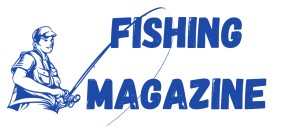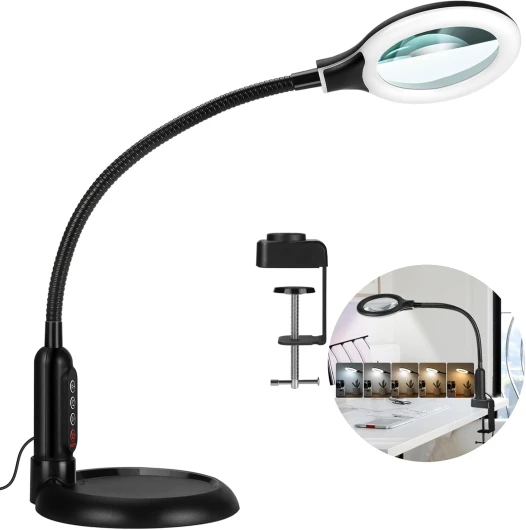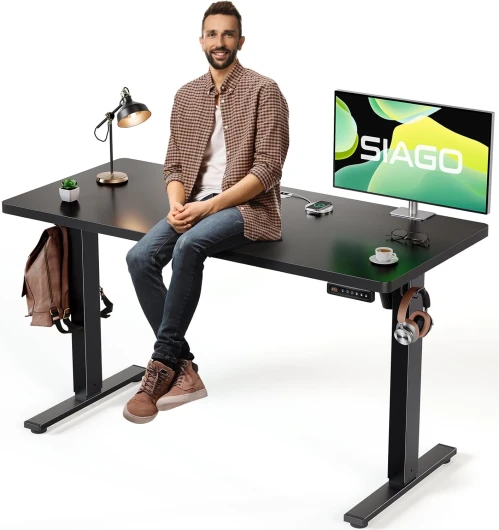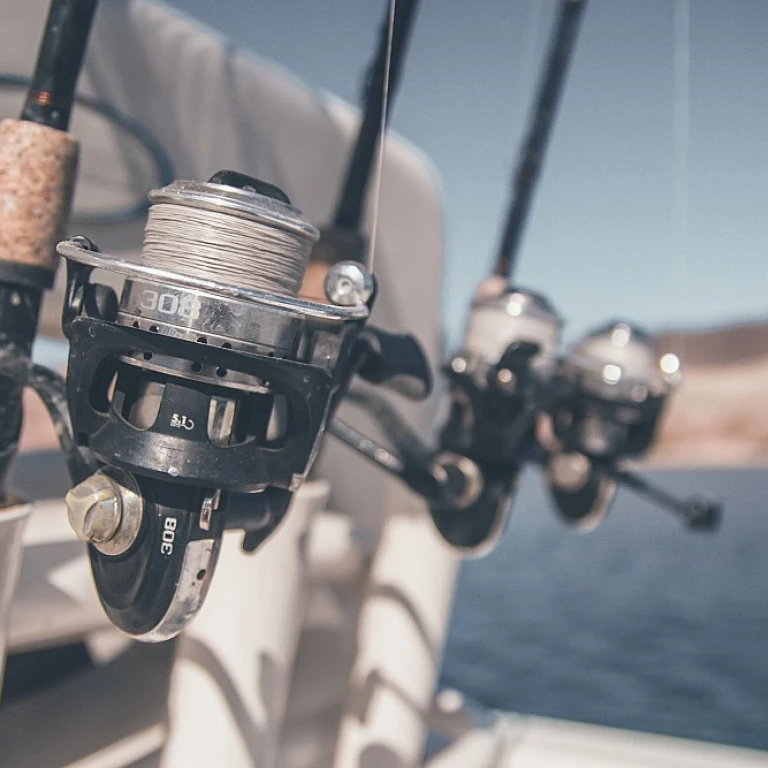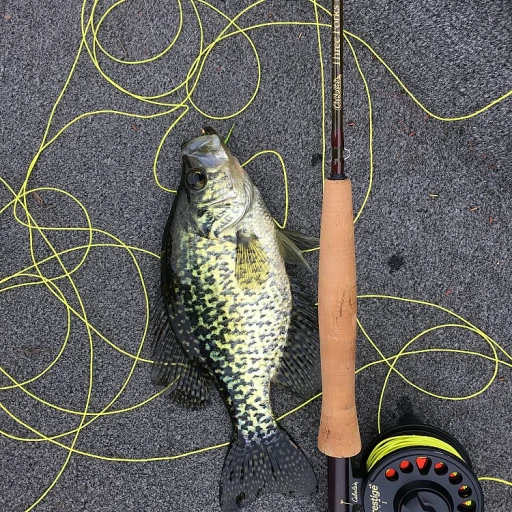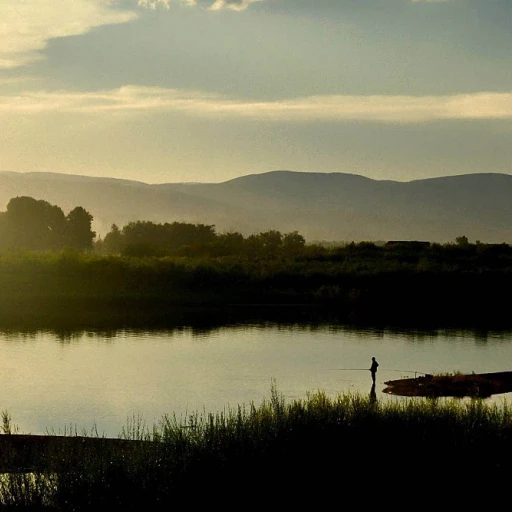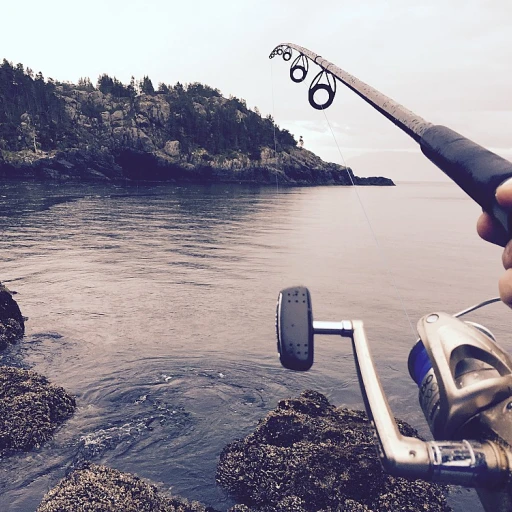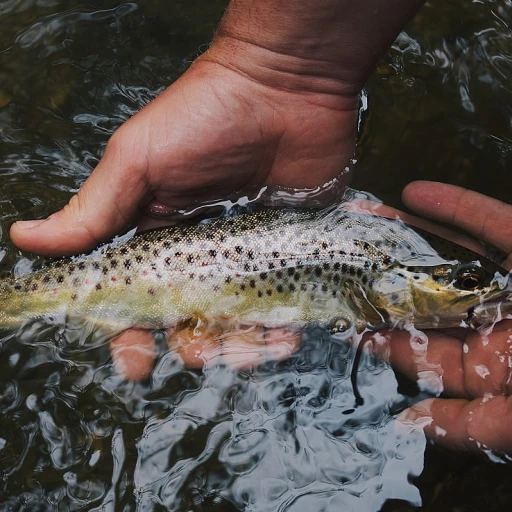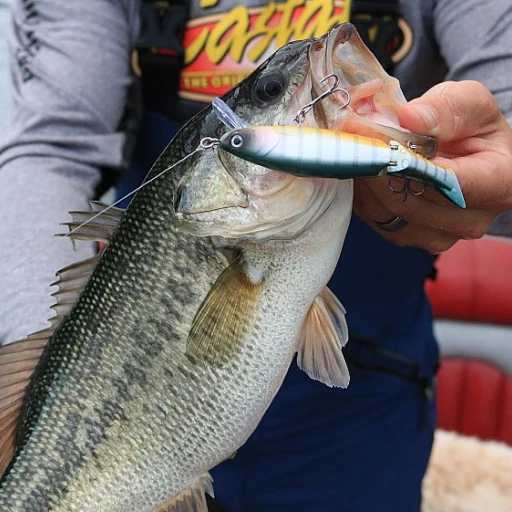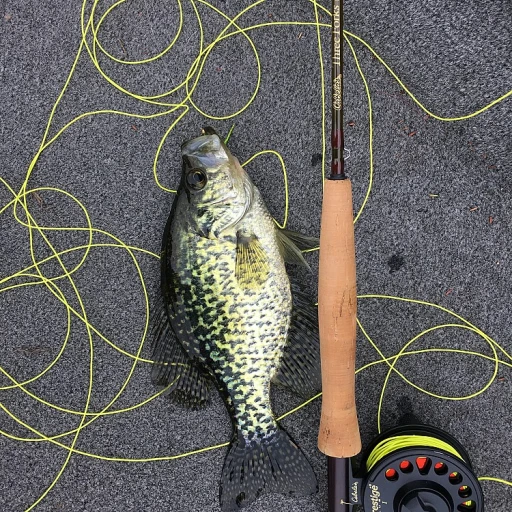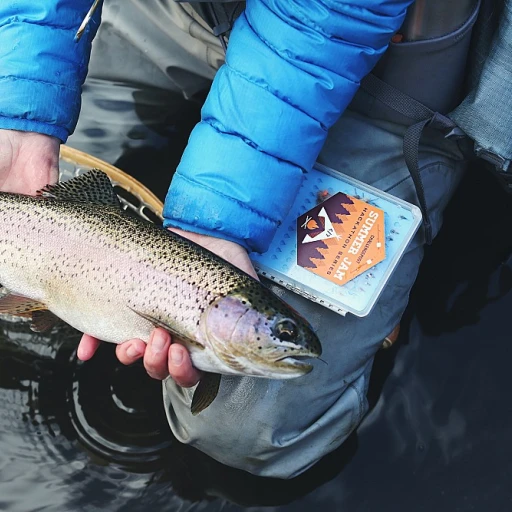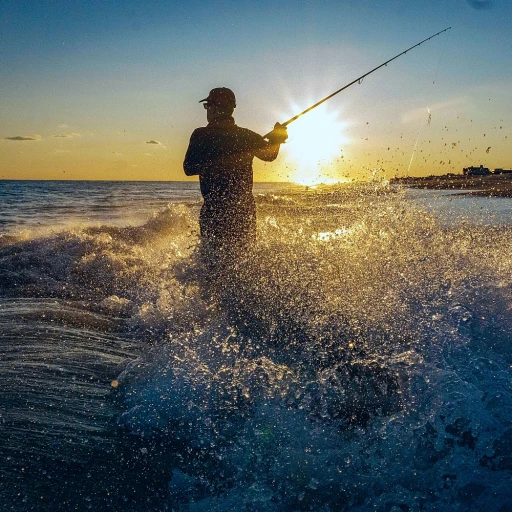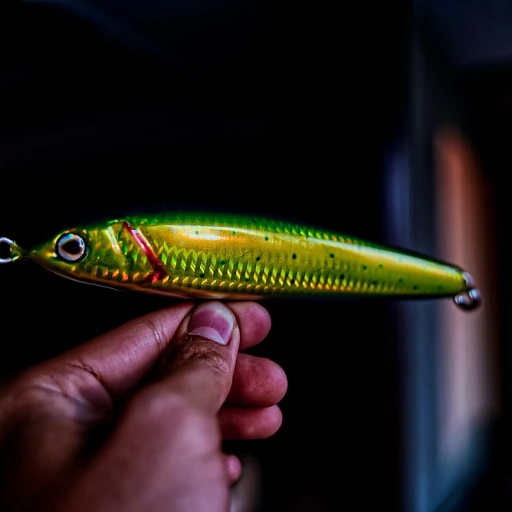
Understanding the Importance of a Fly Tying Desk
The Heart of Your Fly Tying Setup: Finding the Right Desk
In the world of fly fishing, every angler knows the thrill of tying your own flies, executing delicate patterns, and perfecting each element before hitting the waters. Yet, to truly enhance your fly tying experience, having the right desk can make a world of difference. Think of your fly tying desk as not merely another piece of furniture but the cornerstone of a well-organized and efficient tying station. A good quality fly tying desk serves not only as a surface for your fly tying tools and materials, but as a strategic hub that boosts your productivity and comfort. Here are a few reasons why investing in a suitable fly tying desk is a game-changer:- Efficient organization: A proper tying desk helps keep your fly tying materials neatly arranged, making it easier to find what you need when you need it. Whether it’s a lone bison dubbing or fine tinsel, everything has its designated spot.
- Maximized space: With dedicated storage solutions, a well-designed desk provides ample space for tying flies without the clutter. Compartments for tools and additional bench areas ensure you have all essentials at your fingertips.
- Enhanced focus: A tidy desk reduces distractions, allowing you to focus on crafting that perfect fly. Achieving the ideal reaction score with each fly becomes more attainable when your tying environment supports your creative process.
- Accessibility and workflow: Pick a fly tying desk that aligns with your specific needs, whether you prefer a roll top design for a classic touch or a more open tying table for easy access to your gear.
- Durability and aesthetics: Investing in quality materials for your tying desk ensures longevity. Well-built tying benches not only withstand the test of time but also add to the aesthetic appeal of your workspace.
- Customizable elements: From mobile tying benches to stationary tying tables, a desk that adapts to your fly tying style brings out the best in your creations.
Key Features to Look for in a Fly Tying Desk
Essential Attributes for an Optimal Fly Tying Setup
When it comes to elevating your fly tying experience, selecting the right desk is crucial. A well-designed fly tying desk does more than just provide a surface—it's an integral part of your fly fishing gear.- Space for Tools and Materials: Having adequate space to organize your tools and materials is essential. Whether you're working with a roll-top desk, a dedicated tying table, or a multi-purpose tying bench, make sure there is enough room for your materials, tying flies, and all other necessary equipment.
- Efficient Storage Solutions: Storage is another key factor. Look for desks with ample drawer space or built-in compartments to keep your fishing gear organized. This helps in maintaining a tidy work area, ensuring you're well-prepared for any fly tying task.
- Ergonomics and Comfort: As you're likely to spend a substantial amount of time at your tying station, investing in a comfortable and ergonomic setup is important. Consider adjustable chairs and desk heights to adapt to your working needs.
- Quality and Durability: The longevity of your tying desk is paramount. Opt for materials that withstand wear and tear, particularly if your tying station is a permanent fixture. Quality craftsmanship provides better support for your projects and adds to the desk's reaction score among avid fly fishing enthusiasts.
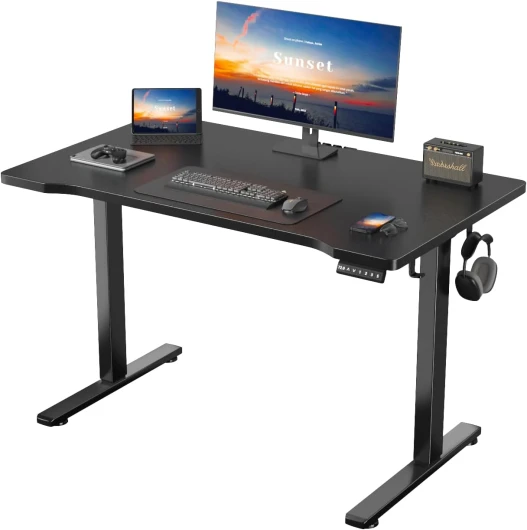
- + Height Adjustable to suit user preferences
- + Includes Memory Preset for easy height adjustments
- + Comes with Light Strip for improved aesthetics
- + Features Detachable Side Mount Pocket for organization
- + Ideal for Work and Home Office environments
Top Fly Tying Desk Models on the Market
Exploring the Best Fly Tying Workspace Solutions
Selecting the right fly tying desk can be a game-changer for any passionate fly fishing enthusiast. An excellent tying desk can significantly enhance your performance, offering both functionality and aesthetics to improve your fly tying skills. Here are some noteworthy models that have garnered positive reactions in the fly fishing community:
- Roll-Top Fly Tying Station: This model is ideal for those who appreciate traditional craftsmanship and need ample storage for tools and tying materials. With its roll-top feature, this desk keeps all your supplies tucked away neatly, reducing clutter and maximizing your work surface.
- Lone Bison Tying Bench: Known for its personalized setup, this tying bench offers a member-focused design. With customizable storage solutions, anglers can tailor the bench to meet their specific needs, ensuring that their flies and materials are always within reach during sessions.
- Compact Tying Table: Perfect for those who need to optimize space, this compact table offers adequate room for your tying tools and materials without overwhelming your space. Its efficient design suits smaller tying stations perfectly.
- Top Desk for Fly Tying: This table is renowned for its spacious surface that accommodates multiple tools and materials simultaneously. Ideal for those who regularly engage in tying flies, its robust construction ensures durability over time.
Each of these tying desks provides unique benefits, from enhanced storage compartments to multi-functional workspaces. With thoughtful consideration of what you require in terms of space, organization, and aesthetics, choosing one of these top-rated desks will elevate your fly tying experience and keep your fishing gear impeccably organized.
DIY Fly Tying Desk: Crafting Your Own Workspace
Crafting a Personalized Fly Tying Space
Creating your own fly tying desk can be an incredibly rewarding experience, allowing for a personalized setup that perfectly suits your needs for tying flies. Whether you're a dedicated fly fishing member or a casual enthusiast, a custom tying station can streamline your fly tying process. Firstly, consider the available space. Whether you have a dedicated tying table or a shared workspace, ensuring ample room for your bench is essential. Evaluate your tying tools and materials to design storage solutions that keep everything within arm's reach. Incorporate a combination of drawers, pegboards, and small cubbies to efficiently store your fishing gear. Selecting the right surface is crucial. A sturdy table top that can withstand the occasional drop or spill is ideal. Consider a roll top desk if you desire an elegant, vintage feel. Alternatively, a simple wooden bench can complement a rustic tying setup. A well-organized tying station can help enhance productivity and foster creativity. Aim to score high on reaction efficiency by strategically placing tools and materials based on frequency of use. Member posts often suggest using magnetic strips for scissors and thread bobbins, while a pegboard can display larger tools. To further personalize your workspace, add wall-mounted shelves or small carts for extra storage, ensuring easy access to materials. Crafting your own tying desk not only enhances your fly tying experience but can also improve your reaction score with results in the quality of your flies. Whatever your location or space constraints, a custom fly tying desk is an investment that pays dividends in convenience and satisfaction.
- + 10X Magnification for detailed viewing
- + LED Light for enhanced visibility
- + 5 Color Modes to suit different environments
- + Stepless Dimmable feature for adjustable brightness
- + Hands-Free design with clamp for convenience
Organizing Your Fly Tying Desk for Maximum Efficiency
Optimizing Your Fly Tying Workspace
Creating an efficient fly tying desk setup is essential for any avid fly fishing enthusiast. A well-organized tying station not only enhances productivity but also ensures that your tools and materials are easily accessible. Here are some tips to help you organize your fly tying desk for maximum efficiency:
- Utilize Vertical Space: Consider installing shelves or pegboards above your tying bench. This allows you to store materials and tools vertically, freeing up valuable desk space for tying flies.
- Invest in Storage Solutions: Use clear containers or drawers to categorize and store your fly tying materials. This helps in quickly locating what you need without rummaging through piles of materials.
- Designate Specific Areas: Assign specific areas on your tying table for different tasks. For example, keep your tools on one side and materials on the other. This separation helps maintain focus and reduces clutter.
- Keep Frequently Used Items Handy: Place the tools and materials you use most often within arm's reach. This minimizes disruptions and keeps your workflow smooth.
- Label Everything: Labeling containers and drawers can save you time and frustration. Knowing exactly where each item is stored improves your reaction score when you're in the middle of a tying session.
- Regular Maintenance: Regularly clean and declutter your tying desk. This not only keeps your space tidy but also prolongs the life of your tools and materials.
By implementing these strategies, your fly tying desk will become a more functional and enjoyable space, allowing you to focus on crafting the perfect flies. Remember, a well-organized tying station is a key member of your fly fishing gear, contributing significantly to your overall fishing experience.
